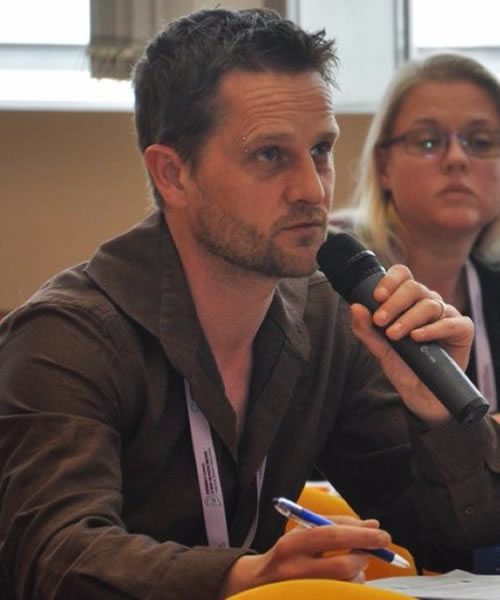In terms of its applicability, R2P is not limited to cases where atrocity crimes have occurred; proponents of R2P have long been keen to point out that it is orientated towards prevention as much as – if not in fact more so – than reaction. As such, a situation where events and trends are deemed to be potential causal factors in the eventual commission of atrocity crimes is a matter of R2P concern. Indeed, according to Alex Bellamy, R2P “applies everywhere all the time.” Thus, given that the current crisis in Venezuela constitutes a situation that conceivably could precipitate the occurrence of the atrocity crimes within R2P’s purview, the concept can be invoked in this context.
Yet, this does not mean that R2P can be used to justify unilateral intervention; Paragraph 139 of the World Summit Outcome Document states that any intervention must be sanctioned by the UN Security Council. R2P, therefore, does apply to the situation in Venezuela, but to claim that R2P can be used as a pretext for U.S.-led military intervention is simply untrue.
Yet, while we may be confident about what response R2P does not mandate, there is considerably less clarity as to what it actually does. This is because R2P is little more than a slogan that means everything and nothing.
Despite emerging as a response to the obvious need for new thinking about how to ensure both consistent and effective responses to intra-state mass atrocity crimes, R2P did not alter the laws or procedures governing how and when the international community should respond to looming or actual intra-state atrocity crimes. By formally recognizing the existing system, R2P did not impose any duty upon states or international institutions to react in a particular way, nor did it offer an alternative to the Security Council’s monopoly on the authorization of action.
Those who believe that R2P has made a positive contribution argue that while it is not a law, it is a “norm” that is making “progress,” and they invariably point to R2P’s repeated affirmation by states at the annual United Nations General Assembly debates on R2P and its increased invocation by the Security Council. While there is no denying that the term is now repeatedly employed, and publicly endorsed, by states, this does not mean that R2P influences state behavior. Expressing support for R2P doesn’t actually commit states to anything because R2P is essentially hollow and inherently malleable; this explains why even the most egregious human rights violators – such as Bahrain, Sudan, and Saudi Arabia – have cheerfully endorsed R2P, safe in the knowledge they have not in any way constrained themselves. R2P is widely avowed, in fact, precisely because it is essentially meaningless.
R2P’s efficacy is based on it ostensibly “framing” how states respond to a looming or actual intra-state crisis; by virtue of constituting a norm, states are allegedly “shamed” into taking action. The fear of incurring the opprobrium of other states, and global civil society, is thus said to be the driving force behind the efficacy of R2P. In fact there is scant evidence that this has actually worked; since 2005 both atrocity crimes and human rights violations have increased. Likewise, the international response to crises in Palestine, Yemen, Syria, Myanmar, and many others appears to show quite conclusively that states – particularly the permanent five members of the UN Security Council – are not afraid to incur criticism or shame when shielding an ally from censure. Thus, the reality is that since its recognition in 2005, R2P has not in any meaningful way improved the response of the international community to any intra-state crisis.
The international response to Venezuela is yet further evidence of this. While the term has been invoked – often erroneously – there is no evidence that any state’s stance on Venezuela has been influenced by R2P; we have witnessed a predictable divergence of opinion based on geopolitical alliances and ideology, rather than humanitarian principles. Despite the widespread proliferation of R2P in international political discourse, therefore, the manner in which the international community responds to looming or actual intra-state mass atrocity crimes is (sadly) the same today as it was prior to R2P’s emergence.

